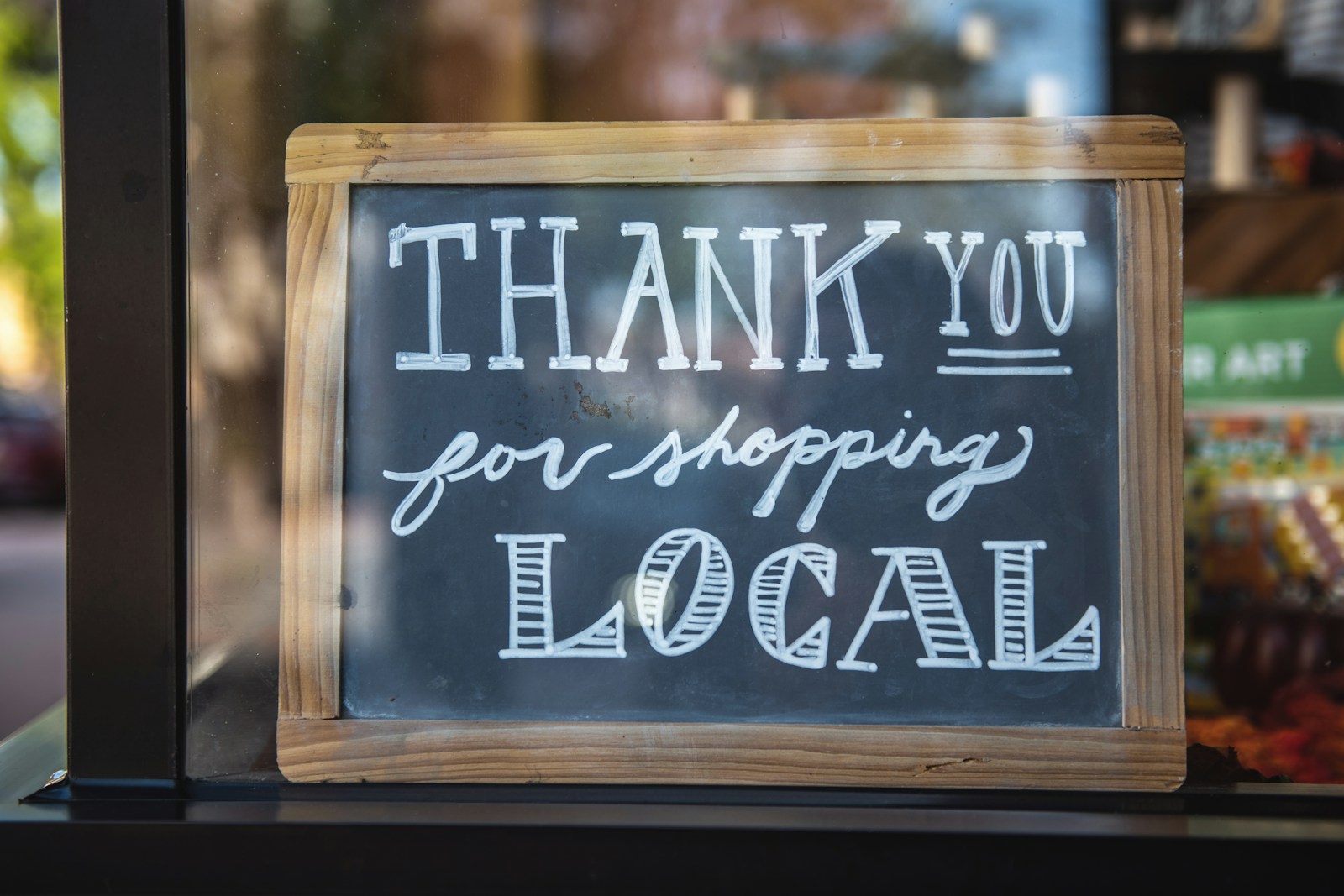How Neighborhood Watch Programs Strengthen Safety and Community Ties
How Neighborhood Watch Programs Strengthen Safety and Community Ties
In today’s world, community safety is paramount, and one of the most effective ways to enhance it is through Neighborhood Watch programs. These programs have gained traction in many communities, bringing neighbors together to foster a sense of security and belonging. Understanding how Neighborhood Watch programs strengthen safety and community ties is crucial for anyone interested in creating a safer, more connected neighborhood. This blog post delves into the key aspects of these programs and their benefits.
The Historical Context of Neighborhood Watch Programs
Neighborhood Watch programs originated in the 1960s in response to rising crime rates and a growing sense of insecurity among residents. Initially, the idea was simple: neighbors looking out for one another could deter criminal activity and enhance the safety of the community. This grassroots initiative was a way for residents to take an active role in their neighborhoods, fostering collaboration and communication. As neighborhoods formed these watches, they noticed a remarkable decrease in crime rates, prompting the expansion of such programs nationwide.
Over the years, the concept has evolved. Today, many Neighborhood Watch programs utilize technology, including social media and neighborhood apps, to facilitate communication and information sharing. This modern twist not only enhances safety measures but also promotes ongoing engagement among residents. Understanding this historical context is essential to appreciate the role of these programs in strengthening community ties and ensuring safety.
Community Engagement and Awareness
One of the primary advantages of Neighborhood Watch programs is their ability to engage community members actively. Residents are encouraged to participate in regular meetings and training sessions, where they can learn about crime prevention methods, emergency preparedness, and community resources. This engagement fosters a sense of ownership and responsibility among residents, making them more vigilant and proactive about local safety issues. Furthermore, it creates a platform for neighbors to connect and build relationships, transcending mere acquaintance to friendship.
- Regular Meetings: These provide a forum for sharing concerns and discussing strategies to enhance neighborhood safety.
- Training Sessions: Residents can learn about crime prevention tactics, first aid, and emergency response, empowering them to act effectively in various situations.
- Social Events: Organized social gatherings help strengthen bonds and create a sense of belonging among community members.
This community engagement is vital because it transforms the neighborhood from a collection of isolated individuals into a cohesive unit. When residents know each other and are familiar with their routines, they are better positioned to notice suspicious activities or individuals, ultimately leading to a safer environment.
Building Trust and Cooperation Among Neighbors
Another critical aspect of Neighborhood Watch programs is the trust and cooperation they cultivate among residents. When individuals participate in these programs, they open lines of communication that might not have existed otherwise. This collaboration leads to a shared understanding of community concerns, allowing residents to work together toward common goals. Trust is the foundation of any successful community, and Neighborhood Watch programs foster this essential element by encouraging transparency and active participation.
Moreover, this cooperative spirit extends beyond crime prevention. Neighbors develop a mutual support system that can be invaluable in times of need. Whether it’s helping an elderly neighbor with groceries or organizing a block party, the bonds formed through a Neighborhood Watch program can significantly enhance the quality of life within the community. As residents become more involved in each other’s lives, they naturally look out for one another, further strengthening safety and community ties.
Reducing Crime Through Collective Action
The primary objective of Neighborhood Watch programs is to reduce crime, and numerous studies have shown that they can be highly effective in achieving this goal. By promoting vigilance among residents and encouraging them to report suspicious activities, these programs create an environment that deters criminal behavior. Criminals often seek the path of least resistance, and a community that is active and engaged presents a formidable challenge to their intentions.
According to research, communities with active Neighborhood Watch programs have experienced significant drops in crime rates. This reduction can be attributed to multiple factors, including increased reporting of suspicious activities, enhanced visibility of residents, and the psychological impact of knowing that neighbors are looking out for one another. When individuals feel safe in their neighborhoods, they are more likely to engage in community activities, creating a positive feedback loop that reinforces both safety and community ties.
Leveraging Technology for Enhanced Safety
In today’s digital era, technology plays a crucial role in how Neighborhood Watch programs operate. Many communities are leveraging social media platforms and neighborhood-specific apps to facilitate communication and increase awareness of local safety issues. For instance, platforms like Nextdoor allow residents to share information instantly, report incidents, and discuss neighborhood concerns in real-time.
These technological advancements not only streamline communication but also enhance the overall effectiveness of Neighborhood Watch programs. By utilizing technology, communities can quickly disseminate information about local crime trends, safety tips, and upcoming meetings. This immediacy keeps residents informed and engaged, ensuring that safety remains a top priority. Furthermore, it allows newer residents to quickly integrate into the community and understand its dynamics, thereby fostering even stronger ties.
Encouraging Change for a Safer Future
For those considering starting a Neighborhood Watch program, it is essential to recognize the potential impact it can have on community safety and cohesion. Initiating such a program requires commitment and effort, but the benefits are invaluable. Engaging with local law enforcement can provide crucial insights and assistance in setting up a program that meets the specific needs of your community. Additionally, creating a structured plan with clear objectives can help ensure the program’s long-term success.
As neighborhoods come together to organize, communicate, and take action, they not only enhance safety but also create an environment where everyone feels valued and supported. If you’re interested in learning more about how Neighborhood Watch programs strengthen safety and community ties, consider reaching out to local organizations or community leaders who can provide guidance and resources. Your proactive approach can lead to a transformative experience for your neighborhood, making it a safer and more connected place to live.
Keywords: Neighborhood Watch Programs, community safety, strengthen safety, community ties, crime prevention, neighborhood collaboration, local engagement, safety initiatives, community trust, neighborhood watch benefits, residents involvement, safe neighborhoods, crime awareness, fostering relationships, community vigilance
popular news & articles
The Connection Between Sleep Quality and Overall Health Sleep is […]
The Benefits of Peer Mentoring for Academic and Personal Growth […]
Sports and Leadership: How Athletics Build Confidence in Young People […]
Sleep Better This Spring: Tips for Restful Nights and Energized […]
news via inbox
Stay Connected

The Honorable Paul J. Tonna is a distinguished public servant, community advocate, and seasoned leader with a career marked by dedication to environmental sustainability, social equity, and community development. Serving as a Suffolk County Legislator for twelve years, including three years as Presiding Officer, Tonna played a pivotal role in advancing public health, environmental conservation, and workforce housing initiatives… Read More
Learn more about Paul Tonna at his website PaulTonna.com
Related Articles
Paul Tonna serves as Molloy College’s Executive Director for The Energeia Partnership, a leadership academy dedicated to identifying and addressing the serious …
The Honorable Paul Tonna serves as Vice Chairman and Executive Vice President of Corporate Affairs for American Health Group.
Paul Tonna joined the South Huntington Water District as a Commissioner in March, 2006, bringing with him a diverse background including experience in …
Mr. Paul Tonna is a former healthcare executive, elected official, and university adjunct professor. Paul currently serves as executive director of Molloy College’s leadership academy, The Energeia Partnership, Suffolk County…
Paul Tonna, Managing Partner, Fun Facts, Deborah Young, Director of Operations & Finance, Fun Facts, Patricia Miller, Partner, Real Estate Development.
Paul J. Tonna – Public Service Leader and AERTC Advisory Board Member | Championing Sustainable Energy Solutions and Community Development.








